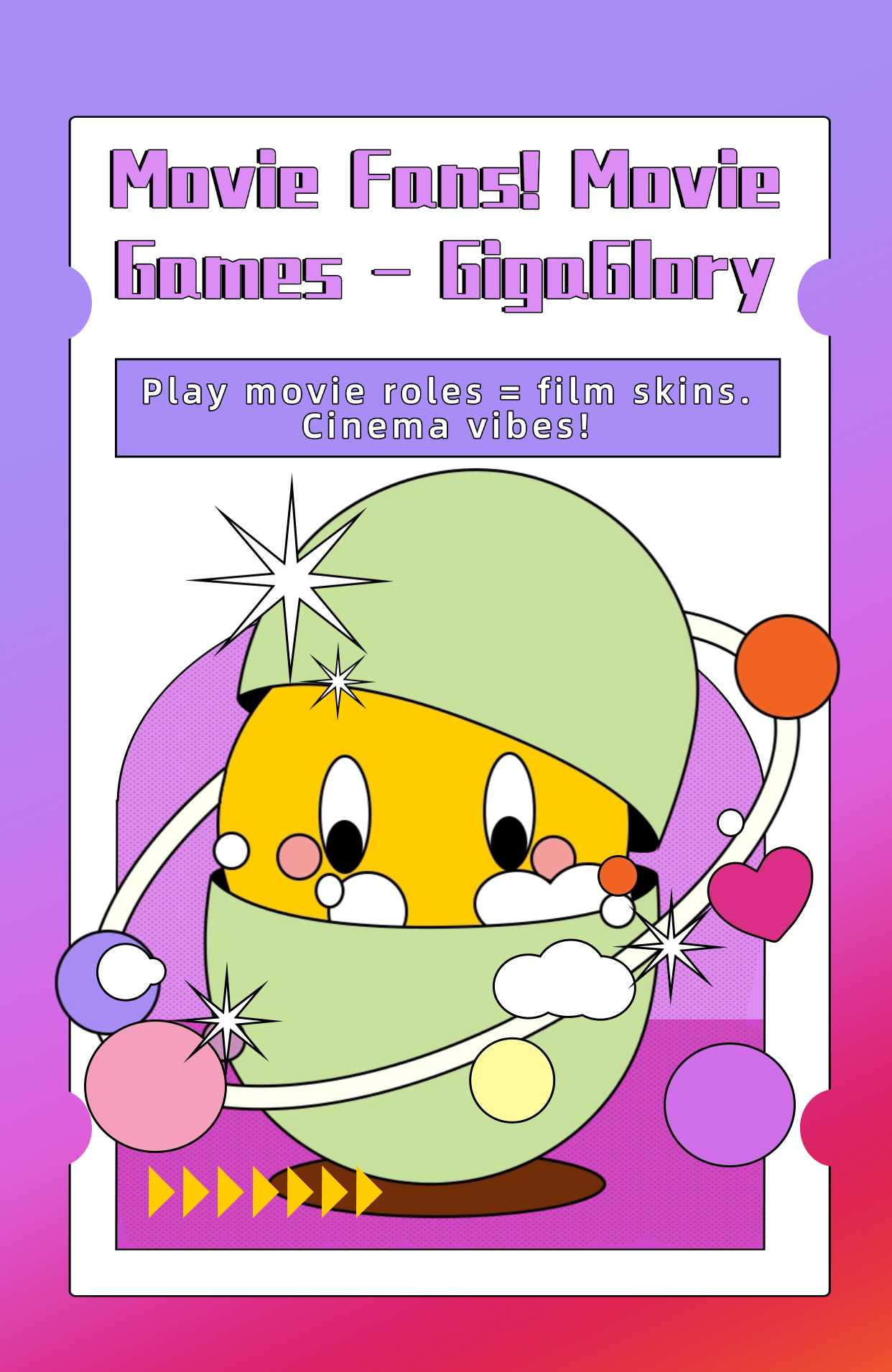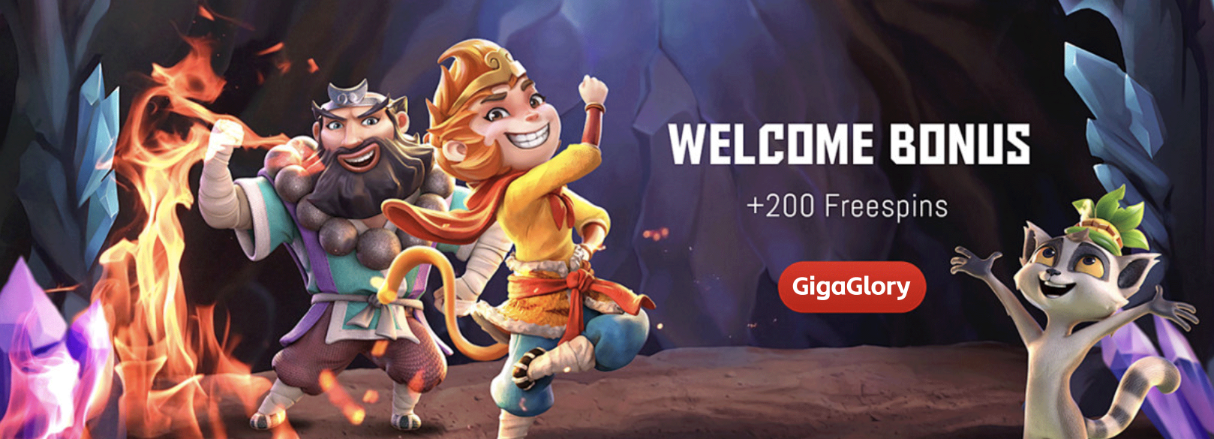Exploring the Realm of Open World Games: Are Educational Games the Future of Interactive Learning?
In recent years, the gaming landscape has transformed significantly. Open world games have gained immense popularity, captivating players with their expansive environments and freedom of exploration. But can these engaging experiences be harnessed for educational purposes? This article delves into the realm of open world games and explores the potential for educational games, including examples like Kingdom Two Crowns and the Rust survival game.
Understanding Open World Games
Open world games offer a unique gaming experience, enabling players to roam vast landscapes, completing missions or just exploring at their own pace. These games are characterized by:
- Non-linear gameplay: Players choose their path and make decisions that affect the outcome.
- Immersive environments: Rich graphics and storytelling draw players into the game world.
- Dynamic interactions: Players can engage with various characters and environments, creating a sense of realism.
Some popular open world games include Grand Theft Auto V, The Legend of Zelda: Breath of the Wild, and Skyrim. Their engaging nature prompts players to invest considerable time, which raises the question: can this engagement be translated into an educational context?
Educational Games: A New Frontier?
Educational games have emerged as a potential tool for enhancing learning experiences. By integrating gameplay with educational content, these games can increase motivation and retention. Games like Kingdom Two Crowns not only provide entertainment but also challenge players with strategic puzzles, making them think critically about resource management and teamwork.
Benefits of Educational Games
Here are a few reasons educational games can be advantageous:
| Benefit | Description |
|---|---|
| Improved Engagement | Players are more engaged in learning through interactive and enjoyable experiences. |
| Fosters Critical Thinking | Challenges in games encourage players to devise solutions and think critically. |
| Collaborative Skills | Multiplayer aspects foster teamwork and social interactions. |
With the rise of educational gaming, there’s a growing belief that these games can successfully bridge the gap between learning and entertainment.
Real-Life Examples: From Fun to Learning
Several games reflect the blend of education and entertainment. A standout is the Rust survival game, where players must gather resources, craft items, and survive in a vast world. The strategic elements of survival can teach resource management and adaptability. Even games explicitly geared toward education, like Minecraft: Education Edition, encourage creativity and problem-solving among a younger audience.
Another example is the Kingdom Two Crowns Norse Lands Puzzle Solution which incorporates themes of strategy and cooperation, mimicking real-world dynamics. As players navigate these challenges, they unknowingly develop valuable skills.
Key Takeaways
- Open world games capture player interest with immersive storytelling.
- Educational games can enhance learning by intertwining fun and educational content.
- Engagement through games can lead to better cognitive and social skills.
Conclusion
The intersection of open world games and educational games presents exciting opportunities. While traditional learning methods have their place, the potential of immersive and interactive experiences in education cannot be dismissed. With games like Kingdom Two Crowns and the Rust survival game, players not only find enjoyment but also engage in critical thinking and collaboration.
FAQs
Are open world games effective for educational purposes?
Yes, they can motivate learners and promote critical thinking skills through engaging gameplay.
What are some popular educational games?
Some examples include Minecraft: Education Edition and Kerbal Space Program, which focus on creativity and problem-solving.
Can educational games replace traditional learning methods?
While they can supplement traditional education, they should be used in conjunction with other teaching methods for best results.



